Table of Contents
Introduction
Written by Chef John Smith, a culinary expert with 15 years of experience in Italian and Mediterranean cuisine. Chef Smith has worked in Michelin-starred restaurants and is passionate about teaching home cooks how to elevate their dishes with the right herbs.
Herbs are more than just a sprinkle on your food—they're the secret sauce behind some of the world's most iconic dishes. Whether you're a seasoned chef or a kitchen newbie, understanding the types of herbs and how they can transform your cooking is essential. In this article, we'll dive into the different categories of herbs and spices, their unique flavors, and practical tips for using them effectively.
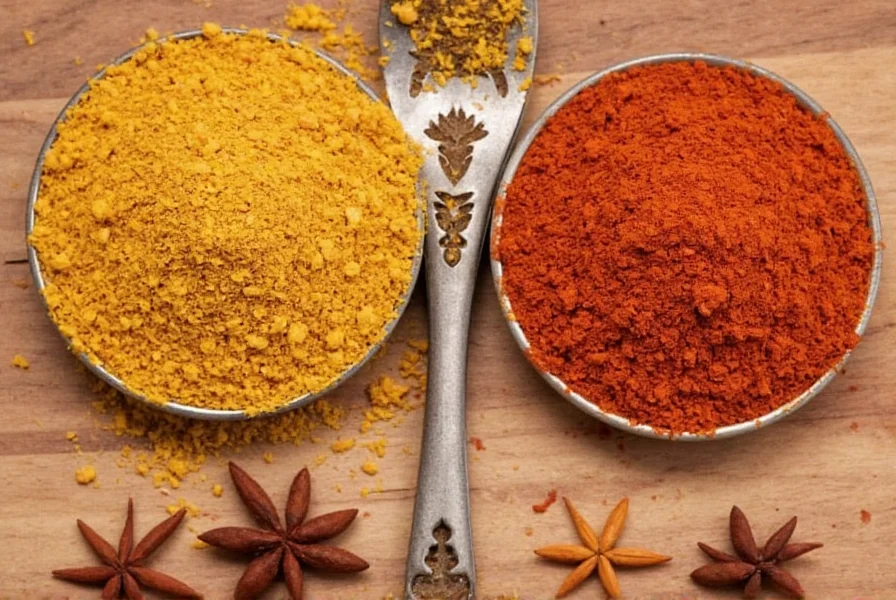
The Basics of Herbs and Spices
Herbs and spices are essential ingredients in cooking, but they come from different parts of plants and have distinct characteristics. Understanding the difference between them can help you use them more effectively in your dishes.
Herbs typically come from the leaves, flowers, or stems of aromatic plants. They're often used fresh or dried to add flavor, aroma, and even medicinal properties to food. Spices, on the other hand, usually come from seeds, bark, roots, or fruits.
When it comes to the types of herbs and spices, there are many classifications, including:
- Leafy Herbs: Basil, parsley, cilantro
- Floral Herbs: Lavender, chamomile, rose
- Woody Herbs: Rosemary, thyme, oregano
- Root Spices: Ginger, turmeric, ginseng
- Seed Spices: Cumin, coriander, fennel
Common Herbs You Should Know
Here's a quick rundown of some of the most popular herbs and what makes them special:
| Herb | Flavor Profile | Best Used With |
|---|---|---|
| Basil | Sweet, peppery, slightly anise-like | Pasta, pizza, tomato sauces |
| Parsley | Mild, grassy, slightly bitter | Salads, soups, garnishes |
| Cilantro | Lemony, citrusy, slightly soapy | Mexican, Asian, Middle Eastern dishes |
| Oregano | Earthy, pungent, slightly bitter | Italian, Mediterranean, pizza, sauces |
| Rosemary | Piney, woody, slightly bitter | Roasted meats, potatoes, breads |
| Thyme | Earthy, slightly lemony, minty | Stews, roasts, soups |
| Bay Leaf | Elegant, slightly bitter, floral | Stocks, soups, braises |
| Mint | Cooling, refreshing, slightly sweet | Middle Eastern dishes, desserts, teas |
| Dill | Grassy, anise-like, slightly sweet | Fish, pickles, salads |
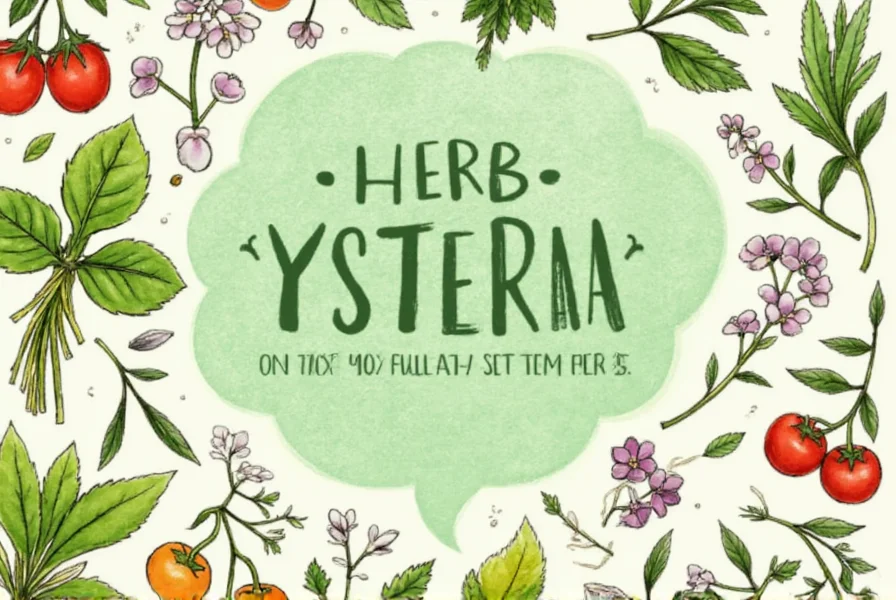
How to Use Different Herbs
Knowing which herbs go where is key to unlocking their full potential. Here are some practical tips for using different herbs in your cooking:
- Basil: Add fresh basil at the end of cooking to preserve its flavor. It's perfect for pesto, Caprese salads, and tomato-based pasta sauces. For an authentic Italian touch, pair it with mozzarella and tomatoes.
- Parsley: Use it as a garnish or mix it into salads and dressings. It adds a fresh, bright note to dishes like tabbouleh and chimichurri sauce.
- Cilantro: Fresh cilantro is best used raw—add it to salsas, tacos, and curries. If you don't like the soapy taste, try using it in small amounts or substitute with parsley for milder flavor.
- Oregano: This is a staple in Italian cuisine. It works well in tomato-based sauces, roasted vegetables, and grilled meats. For Greek dishes, use it with lamb and feta cheese.
- Rosemary: Rosemary pairs well with olive oil, garlic, and lamb. It's also great for infusing oils or making herbal teas. Try it in roasted potatoes for a classic Mediterranean flavor.
- Thyme: Thyme is ideal for slow-cooked dishes. Try adding it to stews, soups, and roasted vegetables. It's a key ingredient in bouquet garni for French cooking.
- Bay Leaf: Bay leaves are often used in stocks and braises. Don't eat them directly; remove them before serving. They add depth to chili, casseroles, and seafood dishes.
- Mint: Mint is perfect for refreshing drinks like mojitos and mint tea. It also complements lamb dishes and works well in Middle Eastern tabbouleh.
- Dill: Dill pairs perfectly with fish, especially salmon. It's also great in pickles, yogurt sauces, and potato salads.
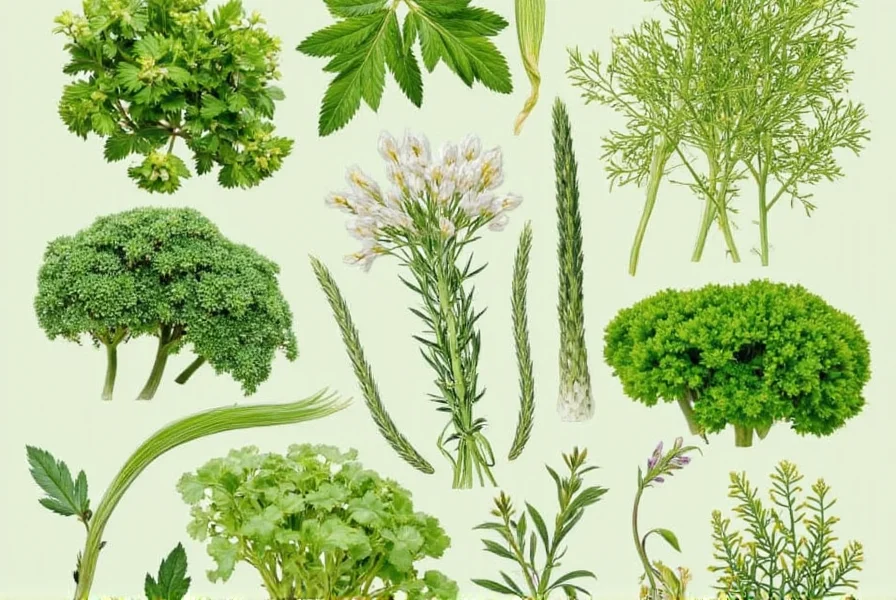
Buying Guide for Herbs
Whether you're shopping for fresh or dried herbs, knowing what to look for can make a big difference in the quality of your dishes. Here's a breakdown of the best options for each type of herb:
Types of Herbs: Fresh vs. Dried
Some herbs are best used fresh, while others are more potent when dried. For example:
- Basils, Parsleys, and Cilantros: These are best bought fresh for maximum flavor. Look for vibrant green leaves without wilting or discoloration.
- Oregano, Thyme, and Rosemary: These are commonly found dried and work well in cooked dishes. Dried versions have more concentrated flavor for slow-cooking applications.
If you're buying dried herbs, look for products that are vibrant in color and have a strong scent. Avoid any that smell musty or dull.
Herb Products to Consider
Here are a few top picks for different herb needs:
1. Fresh Herb Bundle
This bundle includes a mix of basil, parsley, and cilantro—perfect for those who love fresh, homegrown flavors. Ideal for chefs, cooks, and anyone looking to elevate their meals. Great for use in salads, salsas, and pasta dishes.
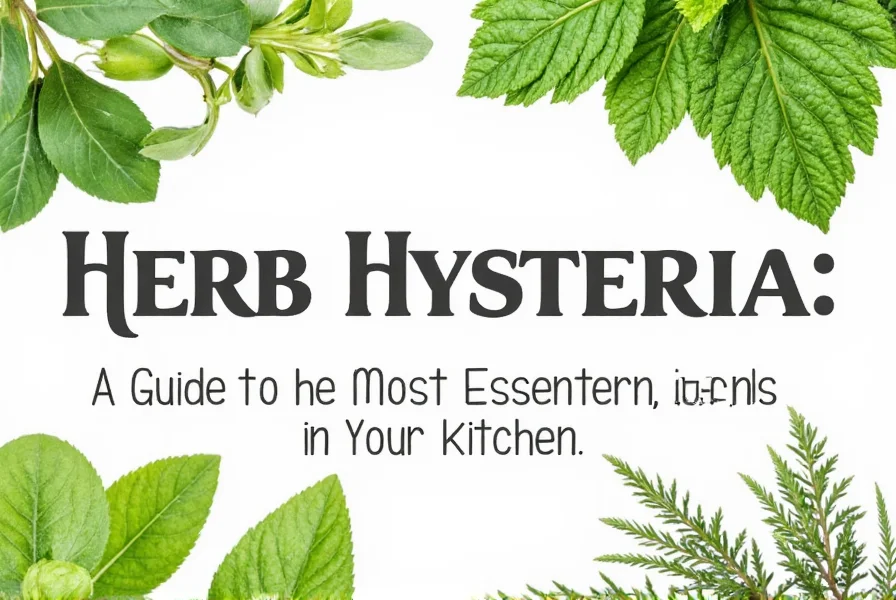
2. Dried Oregano
High-quality oregano with a bold, earthy flavor. Best used in Italian dishes, soups, and baked goods. Perfect for home cooks and professional chefs alike. Look for organic options for the purest flavor.
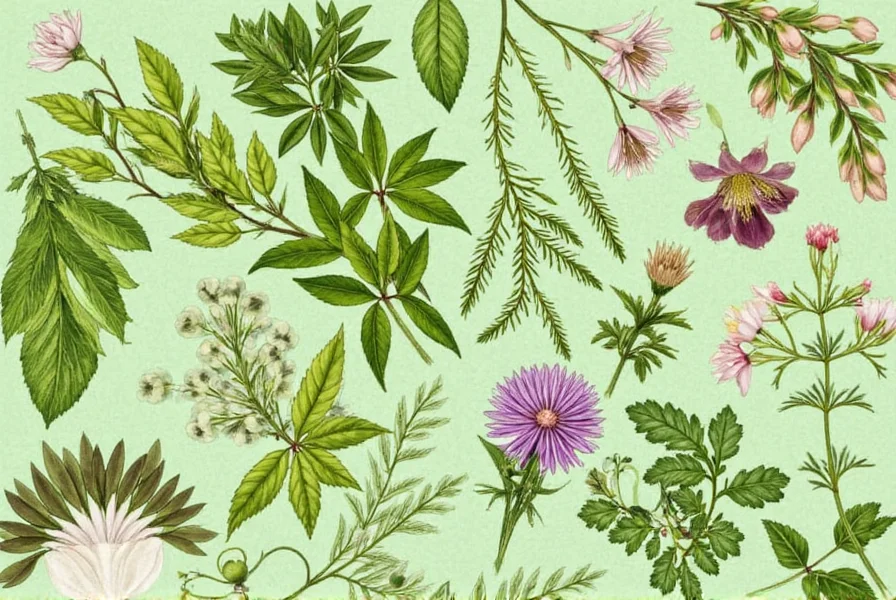
3. Herb Drying Kit
A complete kit for drying herbs at home. Includes a tray, labels, and instructions. Great for enthusiasts who want to preserve their own herbs. Ideal for gardening lovers and DIY foodies. Learn how to dry herbs properly to maintain their flavor and aroma.
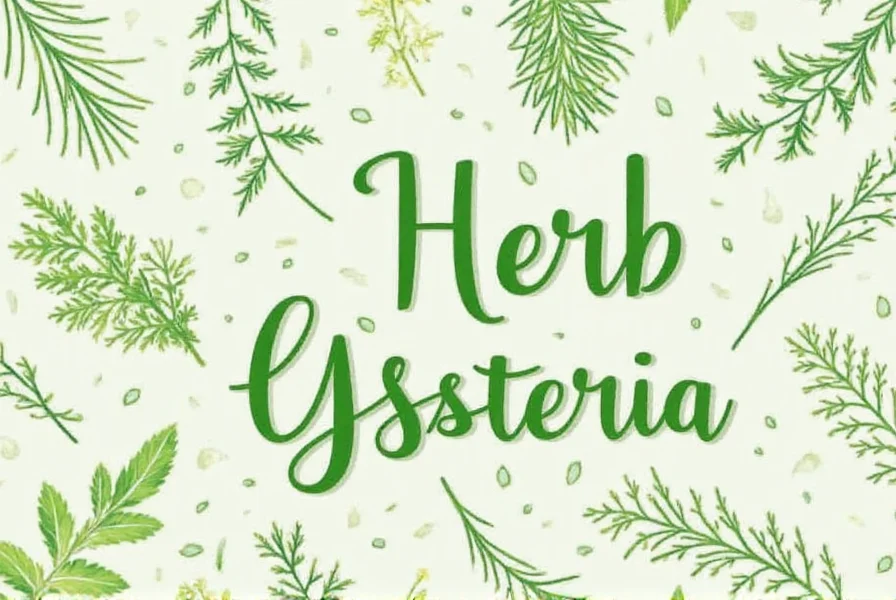
4. Herbal Tea Blend
A blend of thyme, lavender, and chamomile. Perfect for relaxation and digestion. Ideal for tea lovers and wellness enthusiasts. Can be used during quiet evenings or after meals. For best results, steep for 5-7 minutes in hot water.
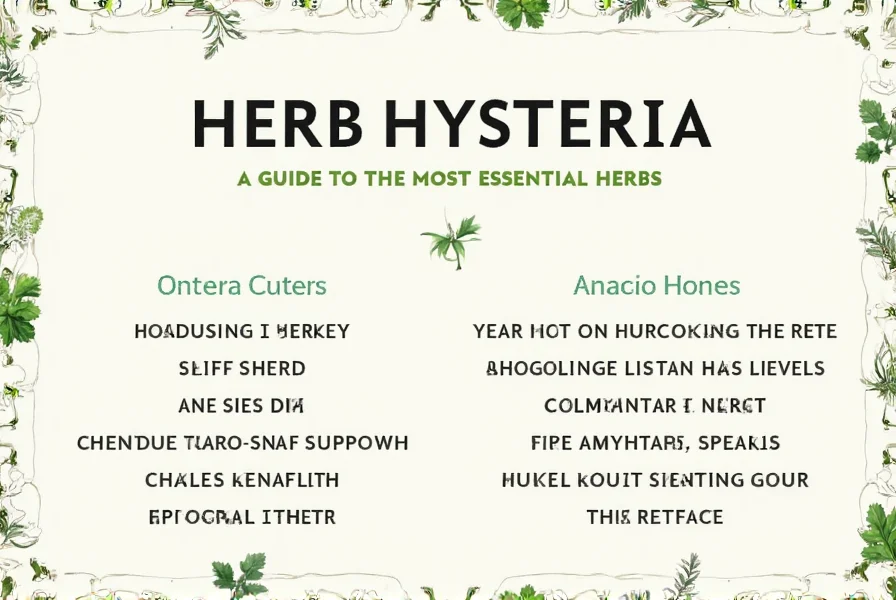
5. Herb Infused Olive Oil
Infused with rosemary and garlic. Adds depth to salads, marinades, and roasted veggies. Great for health-conscious individuals and culinary enthusiasts. Store in a cool, dark place to preserve freshness. Use within 2-3 weeks for best flavor.

Frequently Asked Questions
What are the main categories of culinary herbs?
Culinary herbs are primarily categorized by plant part: leafy herbs (basil, parsley, cilantro), floral herbs (lavender, chamomile), and woody herbs (rosemary, thyme). While root-based plants like ginger are often called "herbs" in everyday language, they technically qualify as spices in culinary contexts. Understanding this distinction helps you use ingredients more effectively in your cooking.
How do I substitute dried herbs for fresh ones?
Use a 1:3 ratio – one part dried herb equals three parts fresh. For example, 1 teaspoon dried oregano replaces 1 tablespoon fresh oregano. Add dried herbs early in cooking to release flavors, while fresh herbs should be added in the last 5-10 minutes to preserve their delicate flavor profile.
Which herbs pair best with specific proteins?
Chicken loves thyme and tarragon; fish pairs perfectly with dill and parsley; lamb shines with rosemary and mint; and pork complements sage and fennel. For vegetarian dishes, basil and oregano enhance tomatoes, while cilantro brightens beans and grains. Experiment with these combinations to elevate your protein dishes.
How can I preserve fresh herbs longer?
Tender herbs (cilantro, basil) last 1-2 weeks stored upright in a glass with 1 inch of water, covered loosely with a bag. Hardy herbs (rosemary, thyme) keep 2-3 weeks wrapped in slightly damp paper towels in airtight containers. Never wash herbs until ready to use. For longer storage, freeze herbs in olive oil or make herb ice cubes.
Are there herbs that shouldn't be cooked?
Yes! Delicate herbs like basil, chives, and cilantro lose flavor when overcooked. Always add them raw or in the final minutes of cooking. Heartier herbs like oregano, thyme, and bay leaves actually develop deeper flavors through prolonged cooking. This is why many recipes specify when to add herbs during the cooking process.
What are the best herbs for beginners to grow at home?
For beginners, start with easy-to-grow herbs like basil, mint, parsley, and chives. These thrive in most climates and require minimal maintenance. They're perfect for windowsill gardening and can be harvested within weeks of planting. Once you gain confidence, try growing rosemary or thyme, which are slightly more challenging but very rewarding.
Conclusion
Understanding the types of herbs and how to use them can greatly enhance your cooking experience. From the vibrant freshness of basil to the earthy richness of oregano, each herb has its own personality and purpose. Whether you're a beginner or an expert, experimenting with different herbs is a fun and rewarding way to explore new flavors and techniques.
So next time you're in the kitchen, take a moment to think about the herbs you're using. Are you maximizing their potential? With the right knowledge and tools, you can turn simple ingredients into extraordinary dishes. Remember: the best chefs know that herbs are not just an afterthought—they're the foundation of great flavor.
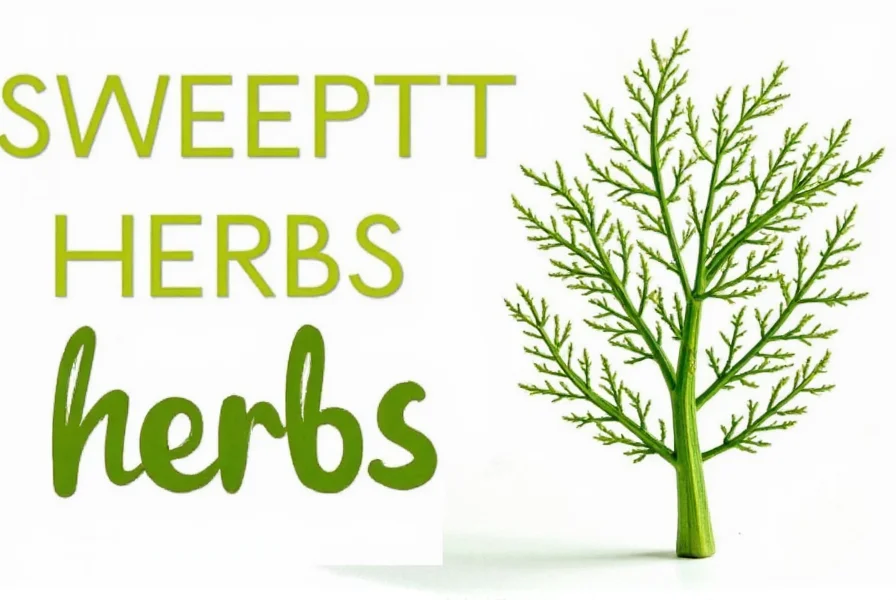










 浙公网安备
33010002000092号
浙公网安备
33010002000092号 浙B2-20120091-4
浙B2-20120091-4